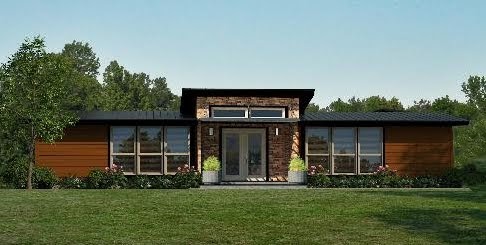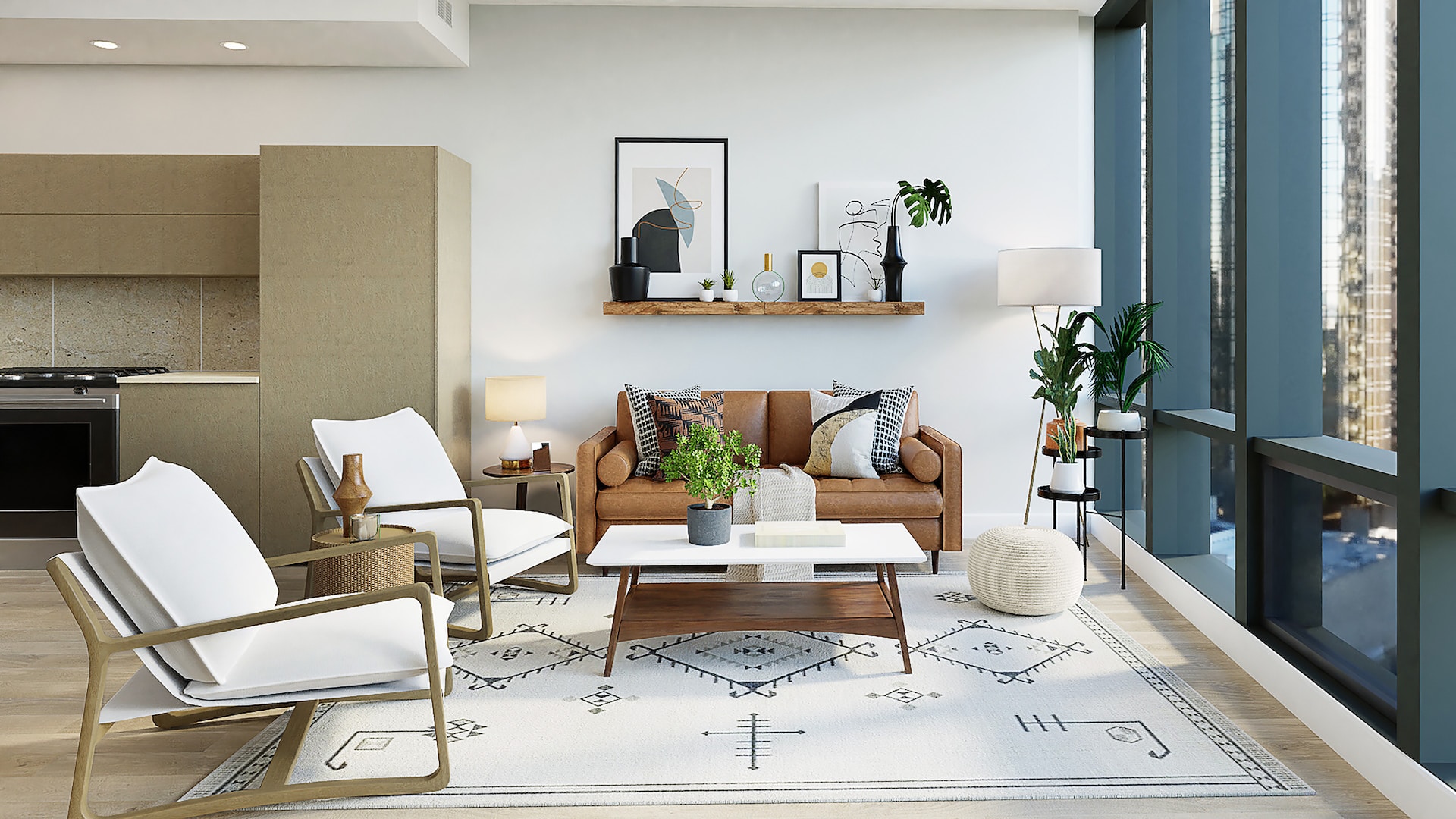Designing With Plants – Foliage Texture
 Landscape and garden design with plants using foliage texture in your landscape design can significantly improve the visual and tactile experience of the space for the user. Foliage texture can be used to provide interesting variations with fine and broad leafed plants. Foliage can be used for contrasting texture differences and provide visually aesthetic experiences for the visitor through the landscape design. Foliage texture can be broken up in to 3 categories; Contrast, Tactile and Movement.
Landscape and garden design with plants using foliage texture in your landscape design can significantly improve the visual and tactile experience of the space for the user. Foliage texture can be used to provide interesting variations with fine and broad leafed plants. Foliage can be used for contrasting texture differences and provide visually aesthetic experiences for the visitor through the landscape design. Foliage texture can be broken up in to 3 categories; Contrast, Tactile and Movement.
Contrast: Foliage can be used to create interesting variations between different plants or mass plantings of plants in your landscape design. The texture differences can also create beautiful aesthetic foliage variations even when the planting is the same colour, which can be very useful when colour is minimally used. Creating a contrasting garden design using foliage texture will require the use of broad leave plants planted next to fine leaf plants. A combination of leaf width and shape combinations are available in between. For example really broad leaf plants like Doryanthes excelsa (Gymea Lilies) planted next to small to mid size leaves of the Lomandra longifolia (Mat Rush). Another example would be for the Mat Rush’s to be planted next to the fine leaf Poa’s if you are after reasonably low planting. These are just a few examples of possibly thousands.
Tactile: A garden design can benefit from mixing up foliage textures by planting soft and wispy foliage close to paths where you can brush past and get closer to the garden. For example a few plants that come to mind are some Australian native grasses (Poa’s, Kangaroo Grass etc), Stachys byzantina (Lambs Ears), and Festuca glauca (Blue Festcue). On the other side of the coin, sharp and spiky foliage plants can also be used to prevent users into particular spaces or areas or help provide direction around the garden. Some examples are Yucca, Grevillea juniperina and Bougainvillea
Movement: Light thin and wispy foliage textures can be used to create a feeling of movement through the garden design. Light breezes will bring these plants to life and provide an interesting dynamic to a garden. As these plants tend be left unpruned they provide this feeling of movement in there form even when the day is still. A small selection of these plants consist of the following: Pennisetum alopecuriodes (Swamp fox tail), Poa Species (Tussock Grass), Allocasaurina torulosa Swamp SheOak(tree), and Gaura lindheimeri etc
So next time when choosing plants for your garden design have a think about using foliage textures for contrast, tactile experience and movement as described above to bring something interesting and special to your garden. Next time you are at your local nursery have a look around at the plants foliage for textural contrast, movement potential and tactile/touch properties, pick up a few of them up and place them next to each other and compare.

